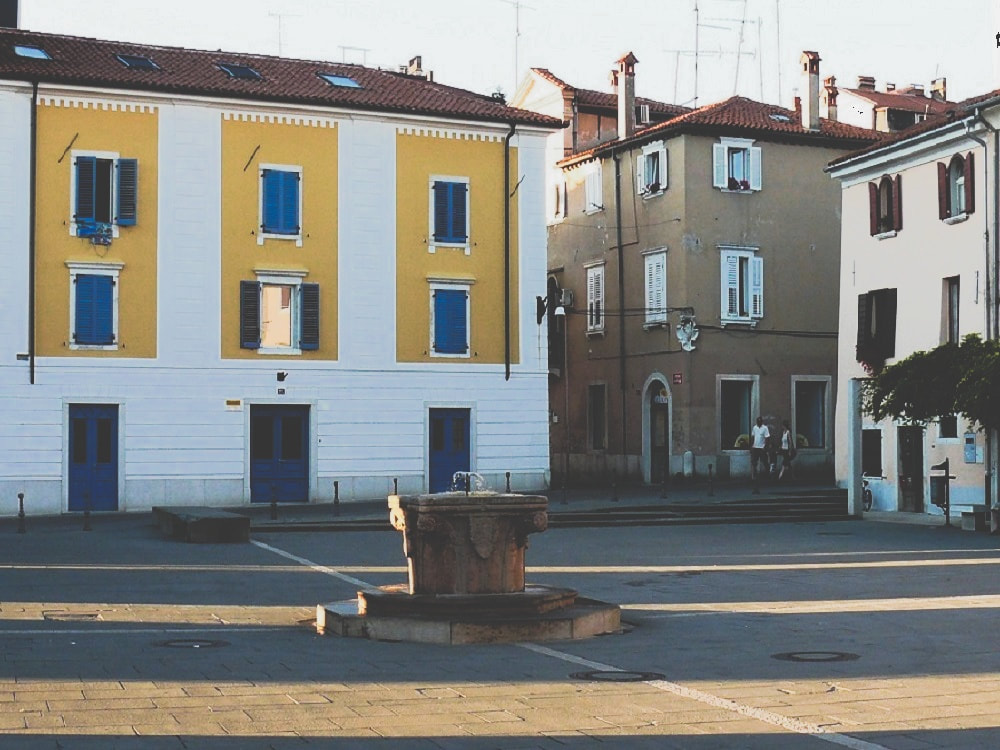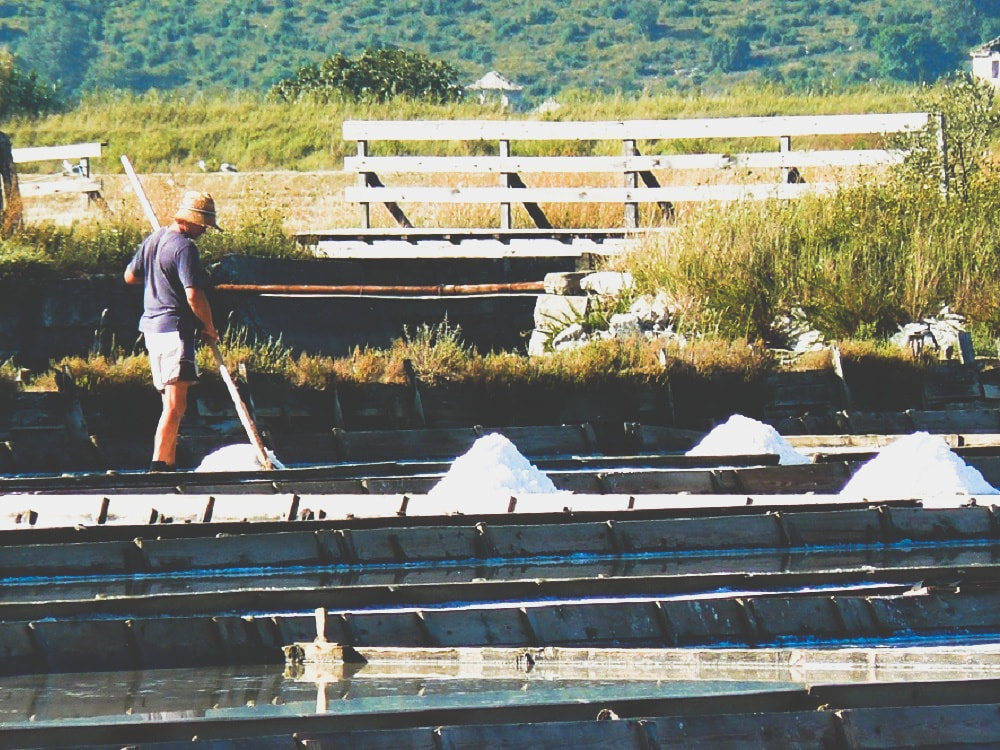|
Slovenia has only a small coast of about 50 kilometre, but when on my first day along the Adriatic Sea the sunlight died in the sea behind the horizon of Koper - one of the three port cities of Slovenia - I was moved by emotion. Later at my trip, when the sun went down again and the salt fields of Sečovlje sparkled like a rough diamond, I became even quieter. "With the pants up and the shoes off through the water."■ ■I decided in Koper to fully explore the Slovenian coast on foot. The following days I travelled from the northernmost coastal town of Koper to the border with Croatia in the south. I followed the entire coastline, sometimes even with the pants up and the shoes off through the water. But it was worth it. KoperKoper is the largest city on the Slovenian coast and an undiscovered treasure. Behind the grey exterior of the harbour, industrial areas and residential blocks, there is a very beautiful and compact medieval centre: Venetian-style palaces and churches, streets with overhanging houses, cosy shops and restaurants, spacious squares with terraces. The old town, in the shape of a semicircle, was an island until 200 years ago and is full of medieval houses. The highlight is Titov Trg, paved with natural stone tiles, with its white palace facades, the loggia and the cathedral. From there, main streets run in the four directions with neighbourhoods and small alleys and streets around it. IzolaAfter I had visited Koper and continued my journey, I ended up in Isola in the evening. I slept here in my tent overlooking the ship's graveyard. It was a wonderful awakening here. After enjoying the first rays of sunlight that shone on the rusty ship metal, I went on a discovery in the town. Izola is Slovenia's most important fishing port, there is the necessary fish-processing industry and a new marina. The old centre with the boulevard, old harbour and behind it a jumble of small streets, may look a bit sloppy, but it has a very authentic atmosphere. Originally this town was also an island, just like Koper. Strunjan Nature ParkI continued my journey along the coast towards Piran. Between Izola and Piran lies the rock-lined peninsula and Strunjan Nature Park. For centuries, salt was extracted here, but now most salt pans have become wild. From Isola a beautiful hiking trail runs over a cliff to the village of Strunjan and the spa town of the same name. The view from the cliff is phenomenal. From Strunjan I went on to Cape Ronek with its 16th-century Maria church. A very nice place to take a break from the big walk. PiranAnother gem is Piran. This is one of the most beautifully preserved historic towns on the Slovenian coast: a small harbour, a boulevard with terraces, Tartini Square with its distinguished buildings, the winding streets and pastel-coloured houses of the old centre and above all the campanile, the bell tower of St. George's Church. Portorož and SečovljePortorož is just behind Piran. It was immediately clear that this coastal town is not for me. This must be the most touristy place on the Slovenian coast and I especially saw a lot of sunbathing tourists tanning their fleshy bodies. More than a quick lunch at this place was not for me and I quickly made my way to Sečovlje. For centuries, the salt fields of Sečovlje along the coast formed a lagoon landscape of dikes, canals and water basins that, viewed from above, resembled a gigantic chessboard. That night I fell asleep among the real graves. My tent was next to a church in the village of Sěca. The only place that I could think of that evening where I could spend the night undisturbed and where I could fully enjoy the wonderful sunset behind the horizon of the salt chessboard. And across the street, Croatia was looking at me for other beautiful things. Hanan Scheers I travel the world to find unexpected stories. 4 October 2019
updated 15 September 2020 Comments are closed.
|
InSite Magazine is created by Just Hanan. We want to show you a world full of culture and lifestyle, and try to give you lots of international travel inspiration.
InSite Magazine Lifestyle Culture Travel Active Foodie Music Visuals Destinations Europe Asia Africa North America South America Oceania More+ home Our team |
|
We respect your privacy and will only reach out when we have something important and exiting to share! - Kami menghormati privasi anda dan hanya akan menghubungi anda jika kami punya sesuatu yang penting dan menarik untuk dibagikan!
|














